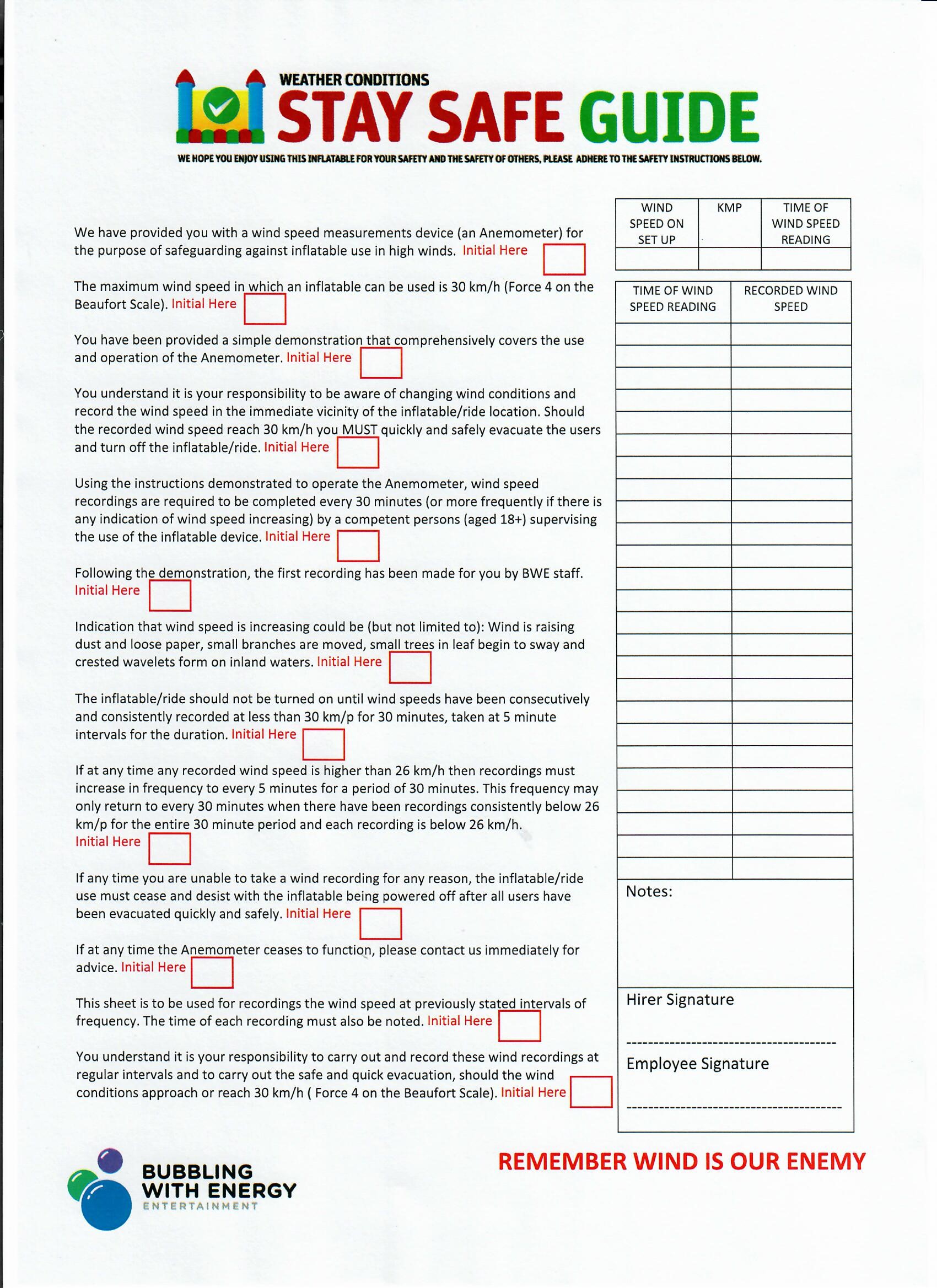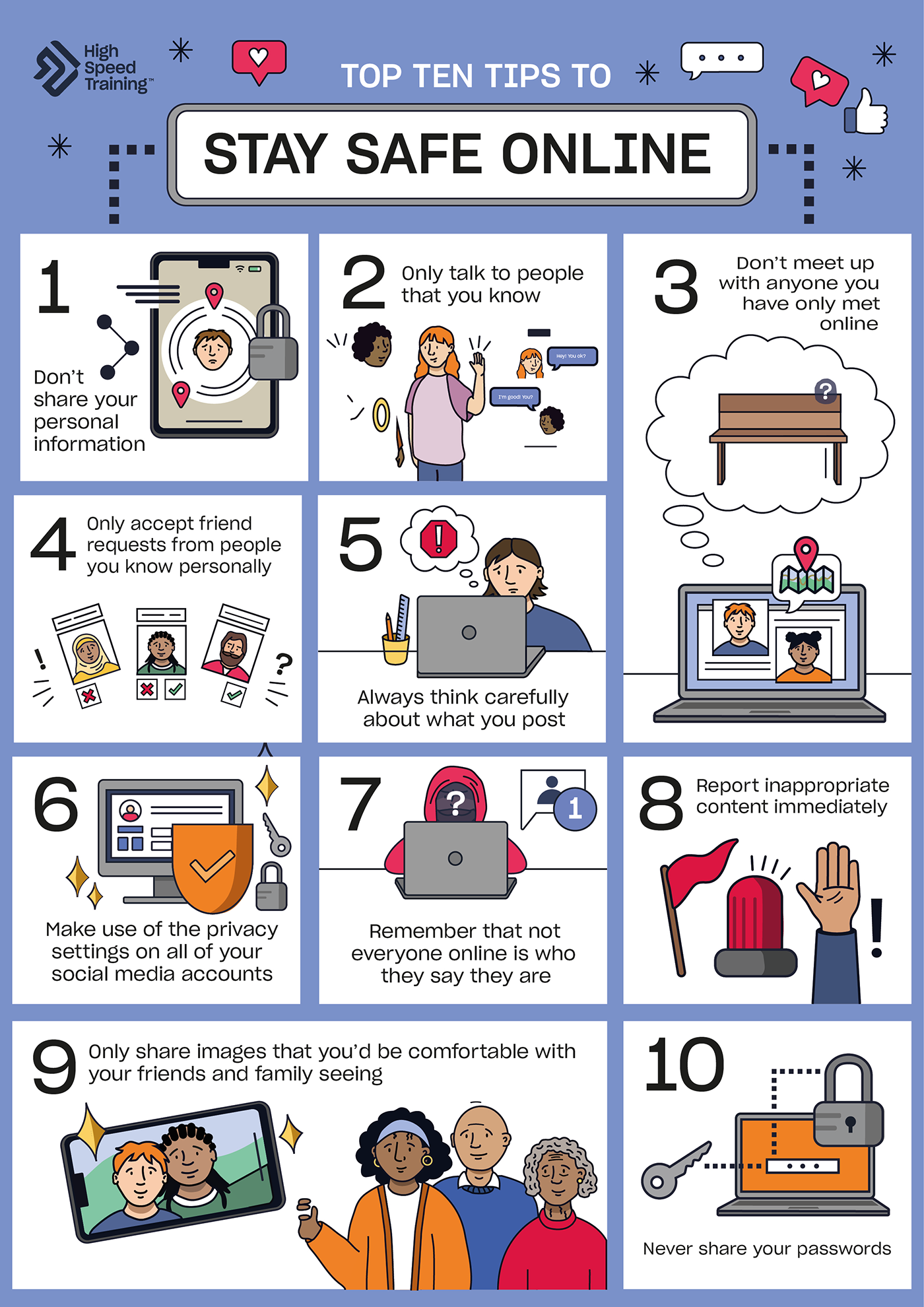Are you seeking ways to protect yourself from potential threats and ensure your well-being? Look no further than "Stay Safe: A Guide To Avoiding Common Dangers." This comprehensive guide empowers you with valuable knowledge and strategies to navigate various risky situations effectively.
Editor's Note: "Stay Safe: A Guide To Avoiding Common Dangers" was published on [date] in recognition of the pressing need for individuals to be equipped with essential safety measures. The guide serves as a valuable resource, providing practical guidance and insights to enhance personal safety.
Through extensive analysis and research, we have carefully crafted this guide to provide you with the most up-to-date information and best practices. Whether you're concerned about personal safety in public places, online threats, or natural disasters, this guide has you covered.
Key Differences or Key Takeaways:
| Topic | Key Points |
|---|---|
| Personal Safety in Public Places | - Situational awareness, avoiding isolated areas, and reporting suspicious activity |
| Online Safety | - Password management, recognizing phishing scams, and protecting personal information |
| Natural Disaster Preparedness | - Evacuation plans, emergency kits, and staying informed about potential hazards |
Transition to main article topics:
FAQ
This comprehensive guide provides crucial information to navigate common dangers effectively. Our team of experts has compiled these frequently asked questions to address various safety concerns and misconceptions.

Stay Safe Guidelines - Jumping Castle Hire in Sydney | Bubbling With Energy - Source www.jumpingcastlesonline.com.au
Question 1: How can I stay safe in unfamiliar surroundings?
Be aware of your surroundings and observe for potential hazards. Stay alert, avoid isolated areas, and trust your instincts. Keep valuables hidden and stay connected with others to ensure your safety.
Question 2: What should I do if I encounter a suspicious person?
Maintain a safe distance and avoid direct confrontation. Trust your instincts and report suspicious activities or individuals to authorities promptly. If possible, gather information like appearance, vehicle details, and any other notable details.
Question 3: How can I protect myself from online scams?
Be cautious of unsolicited emails, messages, or phone calls requesting personal or financial information. Verify the legitimacy of organizations before sharing sensitive data. Use secure passwords, update software regularly, and report suspicious activities to prevent falling victim to cybercrimes.
Question 4: What are the key steps to take in the event of a natural disaster?
Familiarize yourself with emergency plans and evacuation routes. Secure your home, gather essential supplies, and stay informed about the evolving situation. Follow instructions provided by authorities and seek shelter in designated areas for your safety.
Question 5: How can I avoid physical altercations?
Remain calm, avoid confrontational language or gestures, and give the other person space. If a physical altercation becomes unavoidable, prioritize your safety and seek immediate assistance from authorities or bystanders.
Question 6: What are some common misconceptions about personal safety?
Recognize that fear is a natural response but should not control your actions. Trust your instincts and remember that you have the right to protect your own safety. Personal safety is not about paranoia; it's about being aware, prepared, and taking reasonable precautions to mitigate potential risks.
By addressing these common concerns and providing practical advice, we hope to empower you with the knowledge and confidence to navigate diverse situations and prioritize your safety. Remember, staying safe is not about being fearful but about being informed and making informed choices.
Tips
Refer to Stay Safe: A Guide To Avoiding Common Dangers to stay vigilant and protected in everyday life. Follow these essential tips to minimize risks and ensure safety.
Tip 1: Enhance Situational Awareness
Be observant of your surroundings, paying attention to people and activities. Trust instincts and avoid potentially dangerous situations. Plan routes and inform someone of your whereabouts, especially when traveling alone.
Tip 2: Secure Valuables
Keep valuables hidden and avoid carrying large amounts of cash. Use wallets with RFID blocking technology to protect against electronic theft. Be谨慎 in crowded areas and be aware of suspicious individuals.
Tip 3: Practice Defensive Driving
Focus on the road, obey traffic laws, and maintain a safe distance from other vehicles. Avoid distractions like texting or using a cell phone while driving. Defensive driving techniques can significantly reduce the risk of accidents.
Tip 4: Be Cautious of Strangers
Avoid sharing personal information with strangers. Be wary of unsolicited offers or requests for help. Trust instincts and remove yourself from uncomfortable situations. If approached by someone suspicious, seek assistance from a nearby authority figure.
Tip 5: Protect Against Cyber Threats
Use strong passwords and enable two-factor authentication. Be cautious of clicking on unfamiliar links or opening attachments from unknown senders. Regularly update software and security programs to prevent vulnerabilities from being exploited.
Summary
By implementing these tips, you can significantly enhance personal safety and minimize the likelihood of encountering common dangers. Remember, vigilance, situational awareness, and a proactive approach are key to staying safe in various aspects of life.
Stay Safe: A Guide To Avoiding Common Dangers
Staying safe requires attention to various aspects, ensuring protection from potential dangers. These key aspects encompass:
- Hazard Identification: Recognizing potential dangers in the environment
- Risk Assessment: Evaluating the likelihood and severity of hazards
- Protective Measures: Implementing measures to mitigate risks
- Emergency Preparedness: Planning and preparing for unexpected situations
- Situational Awareness: Observing surroundings and being alert to potential threats
- Trustworthy Resources: Referring to credible sources for safety information

Online Safety - Gaddesby Primary School - Source www.gaddesby.bepschools.org
These aspects are interconnected. Hazard identification and risk assessment inform protective measures, while emergency preparedness complements them by addressing unforeseen events. Situational awareness enables proactive responses to emerging threats, and trustworthy resources provide reliable information. By addressing these key aspects, individuals can enhance their safety and navigate potential dangers effectively.

Don & Vicki Dysert Trends | AARE - Source aare.com
Stay Safe: A Guide To Avoiding Common Dangers
"Stay Safe: A Guide To Avoiding Common Dangers" provides essential guidance on mitigating potential risks and ensuring personal well-being. It plays a crucial role in empowering individuals to navigate everyday situations and make informed decisions. By understanding common dangers and implementing preventive measures, one can significantly reduce the likelihood of accidents, injuries, and other harmful events.

No Sharp Objects - Vector Sign | CartoonDealer.com #26693516 - Source cartoondealer.com
Real-life examples illustrate the importance of this topic. A study by the National Safety Council found that following safety guidelines can reduce the risk of motor vehicle accidents by up to 80%. Additionally, proper home safety measures can prevent falls, fires, and other hazards. The practical significance of understanding common dangers lies in the ability to mitigate risks and prevent injuries, thereby enhancing the overall quality of life.
Key insights from the guide include recognizing potential hazards, implementing preventive actions, and seeking professional help when necessary. By embracing these principles, individuals can effectively avoid common dangers and promote a safe and secure environment for themselves and others.
Conclusion
"Stay Safe: A Guide To Avoiding Common Dangers" emphasizes the critical importance of understanding potential hazards and taking proactive measures to mitigate risks. By embracing the principles outlined in this guide, individuals can enhance their personal safety, reduce the likelihood of accidents and injuries, and create a more secure environment for themselves and their communities.
The guide's comprehensive coverage of common dangers, practical tips, and real-life examples serve as a valuable resource for all who seek to promote safety and well-being. By integrating these principles into our daily lives, we can create a society where individuals are empowered to make informed decisions and live more fulfilling, accident-free lives.